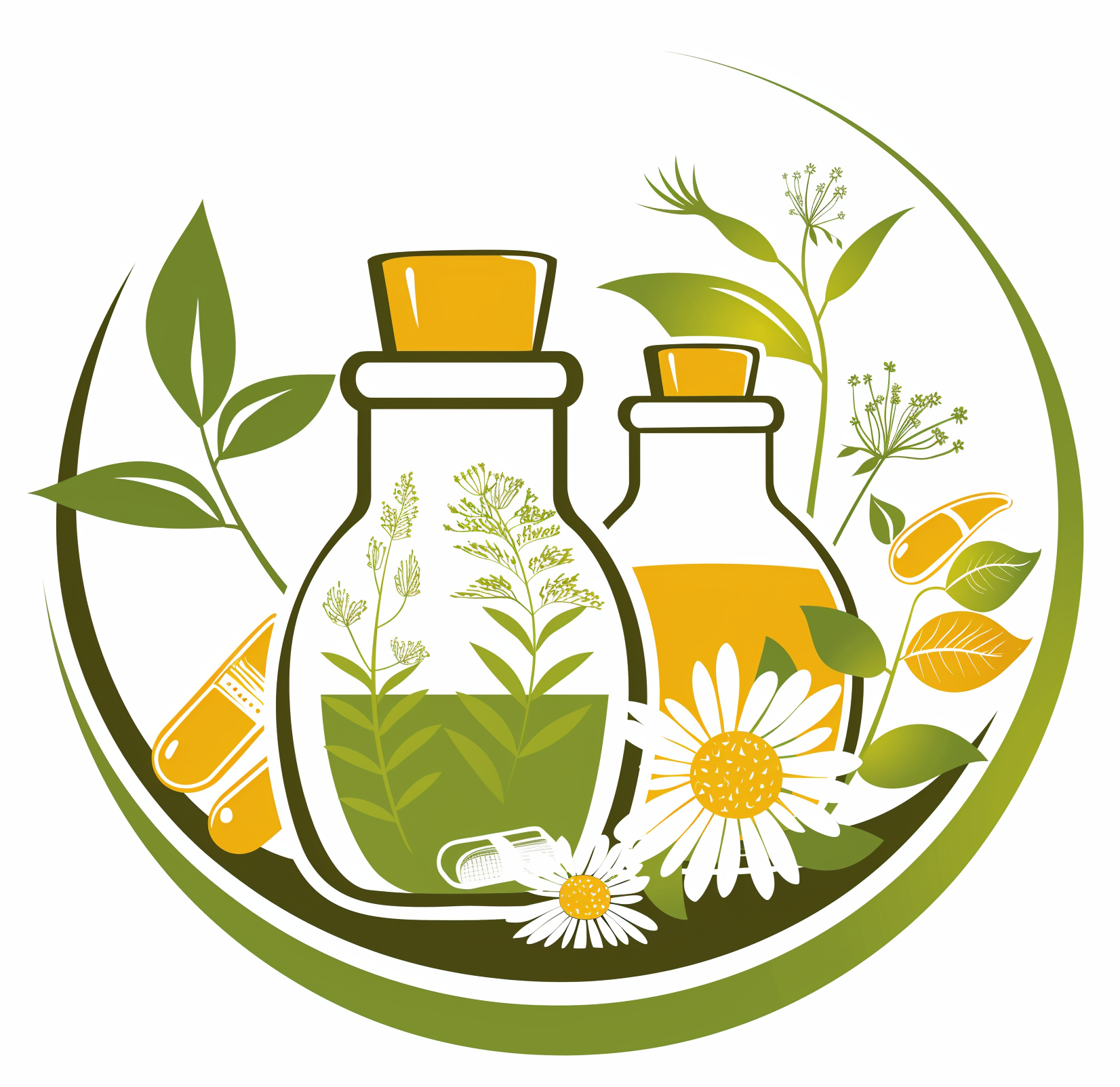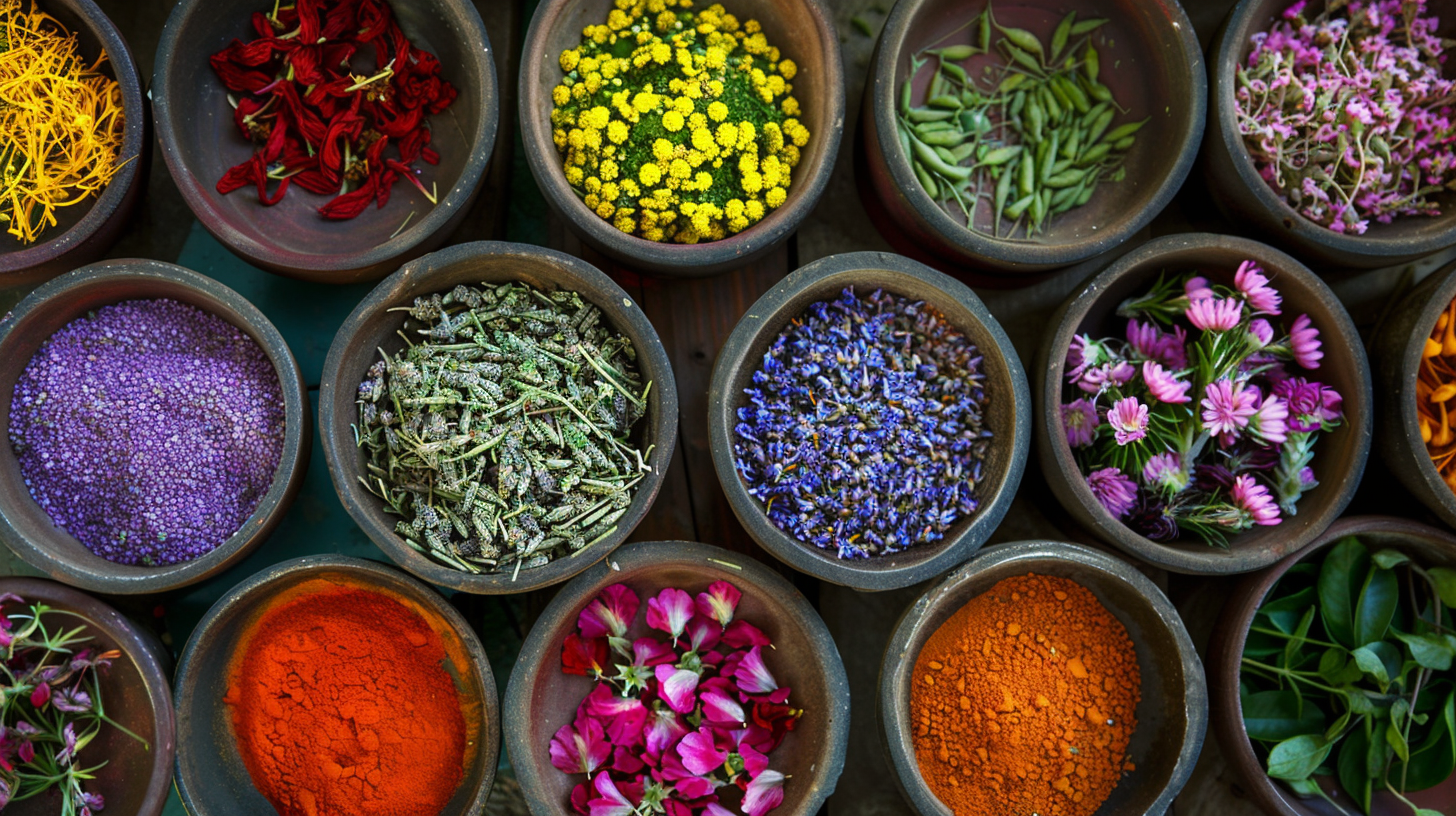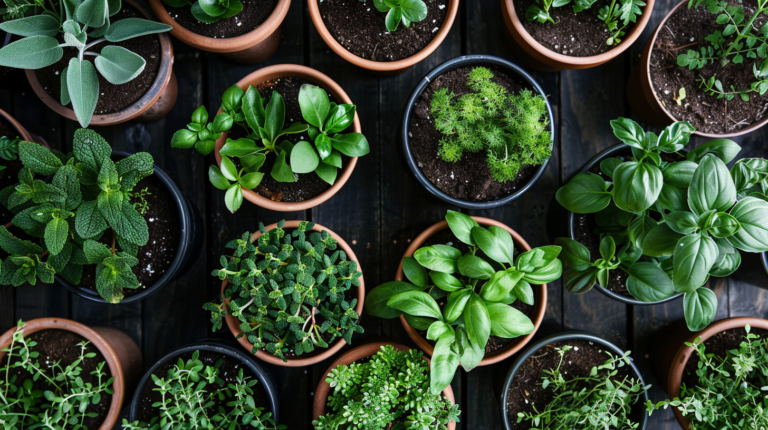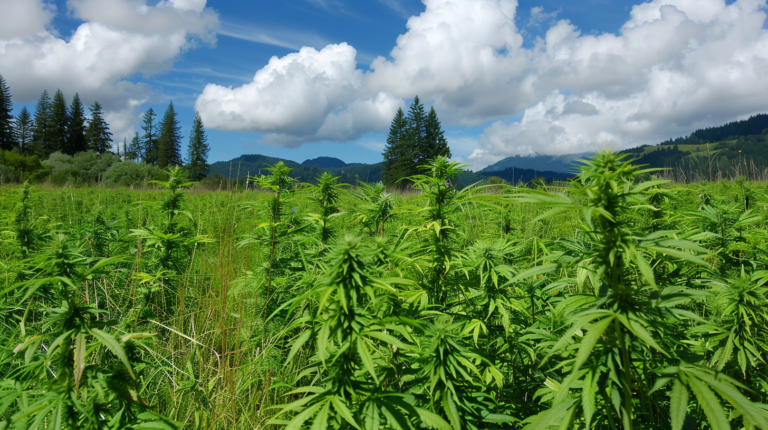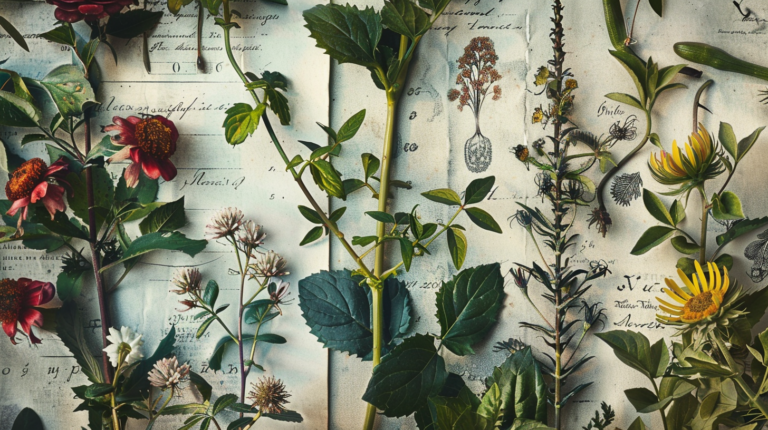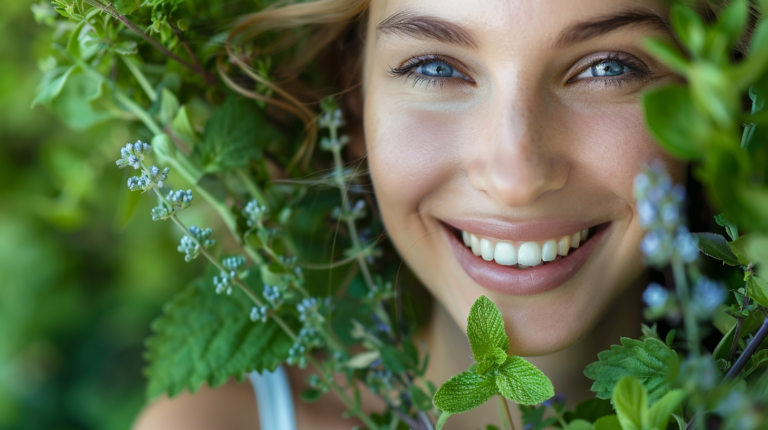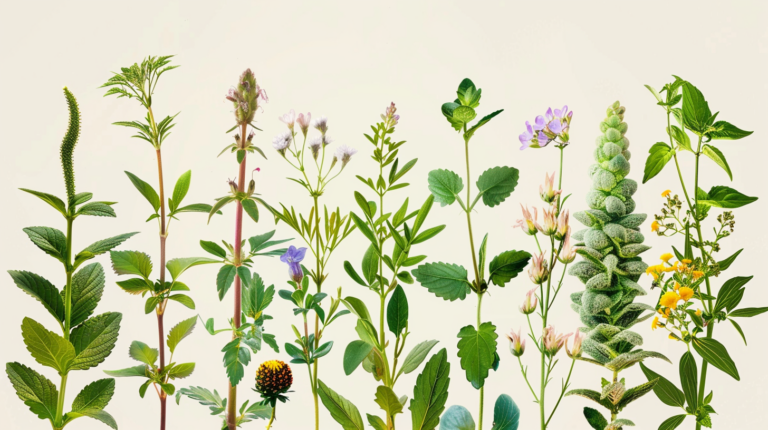Discover the Healing Power of Medicinal Plants in Africa – Everything You Need to Know
Medicinal plants in Africa have been a cornerstone of healing practices for millennia, offering profound cultural and therapeutic benefits. Yet, in today’s fast-paced world, we’re grappling with an alarming rise in chronic health conditions—pain, diabetes, hypertension—that modern medicine sometimes struggles to address sustainably. Can you imagine a solution rooted in age-old wisdom and backed by scientific research?
Enter the vibrant world of medicinal plants in Africa. These natural treasures, from the soothing leaf decoctions of Southern Africa to the potent root extractions hailed by traditional healers in Nigeria and Ghana, provide an array of healing benefits. Not only do they offer relief from ailments like hypertension and diabetes, but they also integrate seamlessly into our lives, enriching our health care with the power of nature.
Join me as we explore how these African medicinal plants can transform your health and reconnect you with the essence of traditional African medicine.
The Rich History and Tradition of African Medicinal Plants
Ancient Uses and Cultural Significance
Tribal Knowledge and Folklore
Ah, the secrets of the ancients! The medicinal plants of Africa have long been at the heart of tribal folklore. Generations of traditional knowledge have been passed down through stories, songs, and ceremonies. Imagine sitting by a fire in the serene African dusk, listening to elders recount tales of the wondrous medicinal plant remedies that saved lives and nourished souls. You see, in many African cultures, plants are seen as gifts from the ancestors, imbued with spiritual and healing properties.
Integration into Traditional Healing Practices
African traditional healers, also known as Sangomas or Nyangas, are revered for their deep wisdom and connection to nature. They skillfully blend leaves, roots, and bark to create remedies that treat a myriad of conditions. Whether it’s a decoction for fever or a leaf poultice for wounds, these practices are deeply integrated into the fabric of African life. Plants like Aloe Vera and Devil’s Claw are not just medicine; they are a testament to a time-honored tradition, a link between the past and the present.
Modern Applications and Studies
Scientific Research and Validation
Fast forward to the present day, and the magical world of African medicinal plants is now under the scientific microscope. Teams of researchers across the globe are diving into ancient texts, consulting traditional healers, and conducting rigorous studies to unravel the secrets behind these natural wonders. It’s incredible how many of these plants are showing promising results in modern clinical trials. For instance, studies on the anti-inflammatory properties of Devil’s Claw are paving the way for new pain management therapies.
Modern Pharmacological Uses
From the humble Aloe Vera to the vibrant Roselle, these plants are making waves in the pharmacological world. Today, they are utilized in various forms, from dietary supplements to topical ointments, each harnessing their potent medicinal properties. Aloe Vera, with its soothing gel, is a staple in many households around the world, while Roselle tea is a beloved remedy for conditions like hypertension. It’s fascinating to see how these age-old plants are finding new life in the modern era, offering alternatives to synthetic drugs.
Common Medicinal Plants Found in Africa
Aloe Vera (Aloe barbadensis)
Historical Background
This succulent marvel, originally from Africa, has made quite the journey across the world. The ancient Egyptians called it the “plant of immortality,” and for good reason. Traders and travelers carried Aloe Vera from Africa to the far reaches of the globe, sharing its magical properties with every culture they encountered.
Medicinal Properties
Aloe Vera is like the Swiss Army knife of medicinal plants. It contains a plethora of vitamins, enzymes, and amino acids that make it a powerful healer. Its gel is renowned for soothing burns, treating skin conditions, and even aiding digestive health.
How to Use It
Got a sunburn? Just break off an Aloe leaf and apply the gel directly to your skin. Dealing with digestive issues? Incorporate Aloe Vera juice into your diet. It’s as simple as that. In my garden, I always keep a few Aloe Vera plants handy—nature’s first-aid kit, if you will.
Roselle (Hibiscus sabdariffa)
Historical Background
Roselle, or Hibiscus sabdariffa, is a plant with a rich history rooted in African soil. It was traditionally used in beverages and medicines throughout Africa and eventually found its way into Middle Eastern and Asian cultures, where it became equally cherished.
Medicinal Properties
Roselle is packed with antioxidants and vitamins, making it a powerhouse for enhancing health. It’s widely used to manage hypertension, promote liver health, and even assist in weight management. Plus, its tangy flavor makes it a favorite in teas and culinary dishes.
How to Use It
One of the simplest ways to enjoy Roselle is by brewing hibiscus tea. Just steep the dried flowers in hot water for a refreshing, health-boosting drink. You can also use Roselle in salads or as a natural food coloring.
Devil’s Claw (Harpagophytum procumbens)
Historical Background
This gnarly-looking plant’s roots have been used for centuries by the San and Khoi people of Southern Africa. Known as “Devil’s Claw” due to its peculiar shape, it was traditionally employed to alleviate pain and treat digestive issues.
Medicinal Properties
Devil’s Claw is a potent anti-inflammatory and analgesic, making it a popular remedy for arthritis and other joint pains. Scientific studies have strongly supported its use in reducing pain and improving mobility in individuals suffering from conditions like osteoarthritis.
How to Use It
Devil’s Claw is commonly available in capsule or tea form. For joint pain, I recommend a daily capsule supplement. It’s like having a little piece of African wilderness in your medicine cabinet.
Honeybush (Cyclopia intermedia)
Historical Background
Honeybush, native to the Eastern Cape of South Africa, has been traditionally used by the indigenous people for its delightful taste and robust health benefits. It’s often enjoyed as a tea, much like its cousin, Rooibos.
Medicinal Properties
Honeybush is rich in antioxidants, which help in preventing various diseases and supporting overall health. It’s especially known for its benefits in promoting digestive health, reducing inflammation, and even easing menopausal symptoms.
How to Use It
The easiest way to enjoy Honeybush is as a tea. Simply steep the leaves in hot water and savor the naturally sweet, honey-like flavor. It’s caffeine-free, making it an excellent choice for a soothing evening beverage.
How to Cultivate Medicinal Plants in Your Garden
Climate and Soil Requirements
Growing medicinal plants in your garden is a delightful journey into nature’s pharmacy, but understanding the optimal climate and soil requirements is essential. These plants have evolved under different conditions, so mimicking their natural habitat will help them thrive.
For instance, Aloe Vera prefers sandy, well-drained soil and plenty of sunlight. This succulent marvel is quite drought-tolerant. In contrast, Honeybush enjoys the cooler climates of the Eastern Cape of South Africa, thriving in well-drained, acidic soil rich in organic matter.
A quick tip: Always check the specific needs of each species. Use a mulch to maintain soil moisture and protect from extreme temperatures.
Best Practices for Cultivation
When cultivating medicinal plants, remember that patience is your best friend. Begin with high-quality seeds or cuttings. For plants like Roselle which require warmer climates, start seeds indoors if you’re in a cooler environment. Transplant them outside once the danger of frost has passed.
- Watering: Overwatering is a common mistake with herbs. Ensure the soil is moist but not waterlogged.
- Pruning: Regularly prune your plants to encourage bushier growth and prevent legginess.
- Companion Planting: Some plants do better when planted near others. For example, planting Aloe Vera near vegetables can deter pests due to its strong scent.
Common Challenges and Solutions
Gardening can be therapeutic, but let’s face it, every garden faces its challenges. Here are some common issues and their solutions:
1. Pests: Aphids and spider mites are usual suspects. Employ natural remedies like neem oil or introduce beneficial insects like ladybugs to keep them in check.
2. Diseases: Fungal infections can be troublesome. Ensure proper spacing between plants for air circulation and avoid overhead watering.
3. Nutrient Deficiency: Yellowing leaves may indicate a nutrient deficiency. Regularly compost and use organic fertilizers to provide necessary nutrients.
Traditional Remedies and Recipes
Aloe Vera Skin Salve
Creating an Aloe Vera skin salve at home is as easy as pie. Here’s my favorite recipe, perfect for soothing sunburns and healing cuts.
Ingredients:
- Fresh Aloe Vera gel (1 cup)
- Coconut oil (1/2 cup)
- Beeswax (1/4 cup)
- Essential oil (10 drops, lavender or tea tree)
Instructions:
1. Melt the beeswax and coconut oil in a double boiler.
2. Once melted, remove from heat and mix in the Aloe Vera gel.
3. Add a few drops of your favorite essential oil.
4. Pour into a jar and let it cool. Store in a cool, dry place and use as needed.
Hibiscus Tea for Hypertension
This tangy tea made from Roselle flowers is not only refreshing but also effective in managing hypertension.
Ingredients:
- Dried Roselle petals (1 cup)
- Water (4 cups)
- Honey or sweetener to taste
Instructions:
1. Boil the water and add the dried Roselle petals.
2. Let it steep for about 10 minutes.
3. Strain the tea into a teapot, add honey or sweetener if desired.
4. Enjoy hot or cold. Feel free to add a slice of lemon for an extra zing!
Devil’s Claw Infusion for Joint Pain
Devil’s Claw is revered for its pain-relieving properties. This infusion might just become your go-to remedy for joint pain.
Ingredients:
- Dried Devil’s Claw root (1 tablespoon)
- Water (2 cups)
Instructions:
1. Bring the water to a boil and add the dried root.
2. Simmer for about 15 minutes and then strain the liquid.
3. Drink one cup twice daily. It’s like sipping on ancient wisdom!
Honeybush Tea for Digestive Health
Honeybush tea is a natural way to support digestive health. Here’s how you can make this delightful caffeine-free tea:
Ingredients:
- Dried Honeybush leaves (1 tablespoon)
- Water (2 cups)
Instructions:
1. Boil the water and steep the Honeybush leaves for about 10 minutes.
2. Strain and enjoy. It has a naturally sweet flavor, so you might not need any sweetener.
Preservation and Storage of Medicinal Plants
Drying Techniques
Once you’ve harvested your medicinal plants, drying them properly is crucial to preserve their potency. There are several methods to do this:
- Air Drying: Bundle the herbs and hang them upside down in a cool, dry place away from sunlight. This method works well for plants like Aloe Vera leaves and Roselle petals.
- Dehydrator: Using a dehydrator can speed up the process and ensure even drying.
Storing for Long-Term Use
Once dried, store the herbs in airtight containers, away from direct sunlight and moisture. Glass jars work wonders. Label them with the plant name and date of storage. Properly stored herbs can maintain their efficacy for up to a year.
Preparing Extracts and Tinctures
For long-term use, extracts and tinctures are excellent options.
Steps for a Basic Tincture:
1. Fill a glass jar with dried herbs.
2. Pour vodka or any high-proof alcohol over the herbs until they’re fully submerged.
3. Seal the jar and store it in a cool, dark place for 4-6 weeks, shaking it occasionally.
4. Strain the liquid and bottle it. Use a dropper to administer.
Ethical Considerations and Sustainability
Conservation of Wild Medicinal Plants
As we harvest nature’s bounty, it’s vital to consider conservation. Many medicinal plants are at risk due to overharvesting. Ethical foraging is key. Always harvest sustainably, taking only what you need and leaving enough for the plants to regenerate.
Sustainable Harvesting Practices
Embrace practices like crop rotation and organic farming to maintain soil health. When wildcrafting, avoid uprooting the entire plant; instead, take small portions that can regrow.
Supporting Local Communities
Engage with local communities who have a longstanding relationship with these medicinal plants. Purchasing from local farmers supports sustainable practices and preserves traditional knowledge.
In conclusion, growing and using medicinal plants is a journey that connects us to ancient wisdom and modern science. Whether you’re sipping on a cup of Honeybush tea or applying a salve made from Aloe Vera, you’re part of a tradition that has nourished humanity for centuries. Happy gardening!
